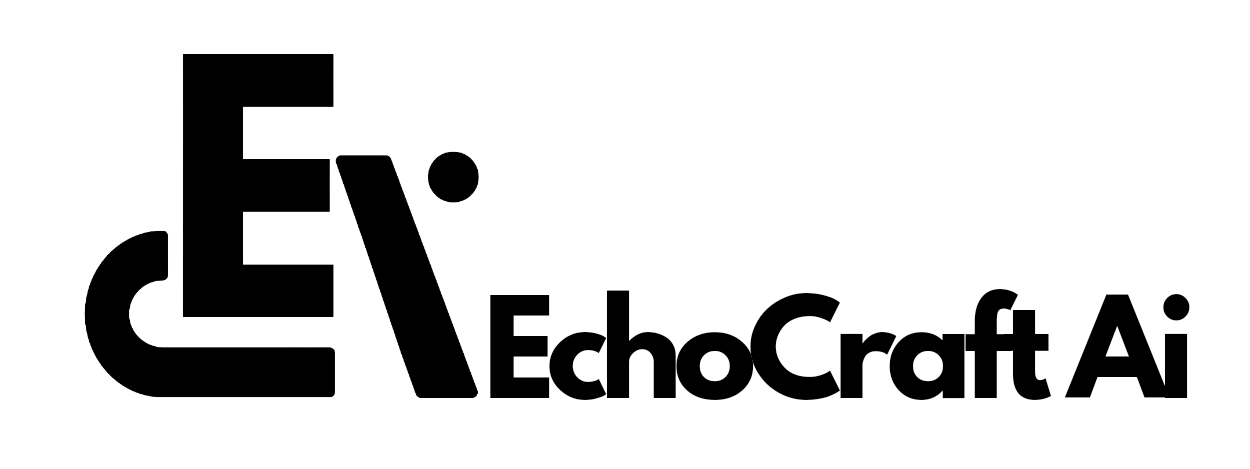The OpenEuroLLM Project, a European initiative aimed at developing multilingual open-source AI models, marks a significant stride in the EU’s pursuit of technological sovereignty.
While its goals are ambitious, questions remain about its feasibility, scalability, and potential long-term impact.
Aiming for Multilingual AI Excellence
The project’s objective to create large language models capable of operating in 24 EU-recognized languages and 11 additional languages, including Arabic, Chinese, and Hindi, is unprecedented. However, challenges abound –
- Low-Resource Languages: Languages like Maltese and Irish Gaelic lack extensive digital corpora, posing risks of uneven model performance.
- Cultural Nuance: Capturing dialects and regional variations (e.g., Swiss German vs. Austrian German) requires meticulous curation, which may stretch the €37.4M budget.
Meta’s LLaMA 3, trained across more than 30 languages, still struggles with non-Latin scripts. Success for OpenEuroLLM hinges on strategic data partnerships, such as collaborations with national libraries—details not yet disclosed.
Can Europe Compete?
OpenEuroLLM’s budget stands at €37.4M, with €20.6M sourced from the EU’s Digital Europe Programme. This figure is modest compared to funding allocated by AI leaders in the U.S. and China:
- Stargate Project: OpenAI, Oracle, and SoftBank’s planned €500B investment dwarfs OpenEuroLLM’s resources.
- DeepSeek Efficiency: China’s DeepSeek-MoE-16B model achieved competitive performance at lower costs, hinting that strategic efficiency may help OpenEuroLLM deliver value despite limited resources.
Unanswered Questions
- Will EU member states contribute additional funds, or is this a one-off allocation?
- How will the project balance quality across languages without stretching its resources too thin?
Open-Source and Transparency
OpenEuroLLM’s commitment to open-source principles aligns with EU values of transparency and inclusivity. However, this approach introduces certain risks:
- Misuse Potential: Open-source models may be weaponized for disinformation or cyberattacks. Safeguards similar to OpenAI’s usage policies are currently absent.
- Commercial Viability: Full transparency could deter corporate partners who may be reluctant to expose proprietary improvements.
Partners like LAION have previously faced criticism for using datasets scraped without consent. OpenEuroLLM must clarify its data-sourcing practices to avoid similar controversies.
Strategic Partnerships
The consortium comprises 20 research institutions, companies, and EuroHPC centers. However, its overlapping goals with OpenGPT-X (creator of the Teuken-7B model) raise concerns:
- Duplication of Efforts: Fragmentation could dilute Europe’s impact on AI development.
- Advisory Board Influence: The advisory board’s role in enforcing European values of transparency and inclusivity remains vague.
Regulatory Alignment
Adherence to EU regulations, such as GDPR and the AI Act, ensures ethical rigor but may impede innovation:
- Data Privacy vs. Training Needs: GDPR’s strict consent requirements may limit data availability, forcing reliance on synthetic or licensed datasets.
- AI Act Compliance: High-risk AI systems face rigorous assessments, potentially delaying OpenEuroLLM’s progress.
U.S. and Chinese projects operate with fewer constraints, enabling faster development cycles—a competitive edge Europe may lack.
The STEP Seal
The European Commission’s STEP Seal elevates the project’s profile, but tangible benefits remain unclear:
- Investment Magnetism: While the seal may help attract funding, private sector interest in non-proprietary models remains limited.
- Political Capital: The STEP Seal signals EU prioritization of AI sovereignty but risks becoming a ceremonial badge without sustained funding.
Multilingual Promises
Training models for 35 languages, including those from EU candidate countries like Turkish, presents both technical and political challenges:
- Resource Allocation: Prioritizing major global languages (e.g., Chinese, Hindi) could sideline smaller EU languages, undermining inclusivity goals.
- Geopolitical Tensions: The inclusion of non-EU languages may spark debates about cultural influence and data sovereignty.
Challenges
To succeed, OpenEuroLLM must address several key hurdles:
- Securing Long-Term Funding: Additional investments are essential to rival global AI giants.
- Balancing Transparency and Security: Safeguards are needed to prevent misuse without compromising open-source values.
- Ensuring Linguistic Equity: Delivering consistent performance across all languages remains a formidable task.

